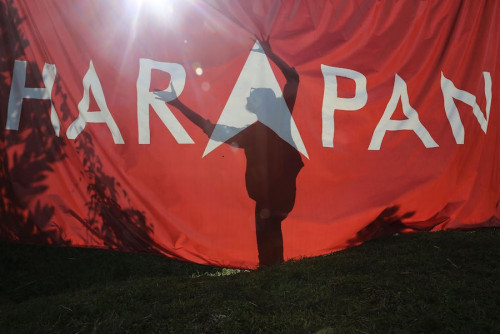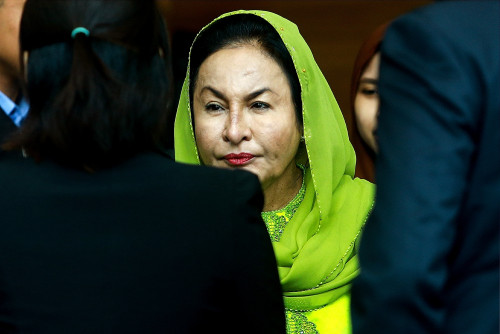PRIME Minister Datuk Seri Ismail Sabri Yaakob barely had one month to make his imprint on the 12th Malaysia Plan (12MP), and it shows. The 530-page tome was complete, with room only to insert his Keluarga Malaysia brand into the Preface, Introduction and Conclusion chapters.
But he had the chance to deliver the 12MP address in Parliament and, of course, he took it. This explains a quite peculiar – and unusually politicised – speech. The equity ownership aspects are being hotly debated, but there is more to it, beginning with subtle but impactful discrepancies between the 12MP document and the PM’s speech.
The tabling of five-year Malaysia Plans is the pinnacle of policy speechmaking: grand, serious, comprehensive, and potentially momentous. Yes, there are also grandiosity, self-congratulation and claptrap moments, but typically, we get a pointed summary of a massive document. The 12MP contains 13 chapters aligned with three themes, four “enablers” and 14 “game changers”. Instead of keeping to this laboriously formulated outline and buzzwords, though, the PM’s speech reshuffled the contents into nine “focus areas”.
The 12MP’s section on group-targeted policies for ethnic groups, women and others are bundled into Chapter 5 on “Addressing Poverty and Building an Inclusive Society”, which, of course, includes a Priority Area section on “Achieving an Equitable Outcome for Bumiputera”. These contents are repackaged as Focus Area 6: Enhancing the Bumiputera Agenda and Keluarga Malaysia.
The PM’s speech departs from the 12MP document most starkly, and troublingly, in Focus Area 6. The power of the platform is evident; 12MP debates revolve around the speech, not the document, nor even its executive summary.
Three discrepancies stand out. The first warrants clarification, the second and third demand answers.
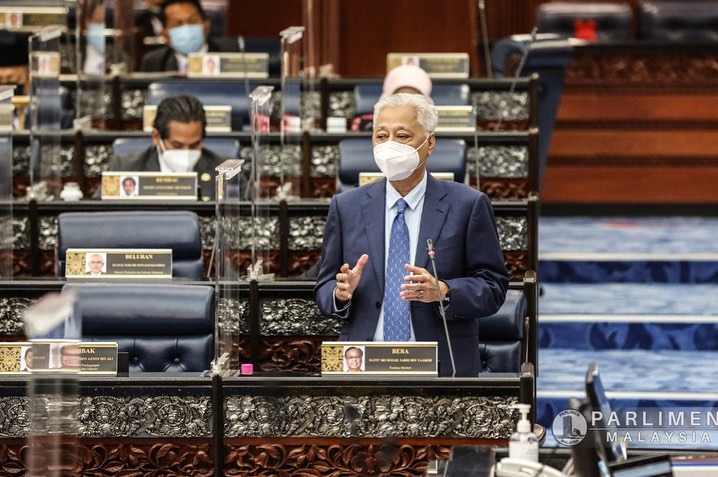
First, the speech magnifies a divisive and misleading statistical note. The Bumiputera agenda, the PM asserts, must continue because “the median income gap between Bumiputera and Chinese is widening, quadrupling in 2019 compared with the gap in 1989”. The line is taken from the 12MP, but it is preceded by more important matters that the speech omits.
In fairness, the 11th and 12th Plans have improved in specifying where pro-Bumiputera and other group-targeted programmes operate – albeit with major omissions, such as matriculation colleges and higher education, public procurement and public sector and GLC employment. The 12MP’s discussion of “key issues” faced by the Bumiputera begins with the general problems of poverty, inequality and unemployment, followed by a list of specific problems.
Top of this list: Bumiputera business concentration in micro enterprise and low value-added activities, and dependency on government assistance. These are, objectively and constructively, the key shortcomings – and ought to be the key premises for Bumiputera policies, which would then establish higher education, SME development and capacity-building as policy drivers.
Alas, the PM’s speech makes a big deal of Chinese-Bumiputera household income inequality in a manner that potentially sows discord – and paints a grossly misleading picture by suggesting that inequality between the two groups is widening.
To set the record straight (with numbers rounded for simplicity), in 1989, median Chinese household income was RM1,180 while median Bumiputera household income was RM680. The difference was RM500. In 2019, the corresponding figures were RM7,400 for Chinese households and RM5,400 for Bumiputera households. The difference was RM2,000. The 12MP points out that this absolute difference has increased four times, which is technically correct, but this selective angle skews our perspective on the ethnic groups’ household income progress. Bumiputera household income has actually grown significantly faster: increasing by 700% between 1989 and 2019, compared with 530% for Chinese households. Proportionately, the gap has narrowed. In 1989, median Bumiputera household income was 58% that of Chinese households; by 2019, the proportion had risen to 73%.
It is also inaccurate to only report the statistics at the national level, without taking into account urban and rural differences. Rural incomes are lower; the national Bumiputera median household income is deflated with the inclusion of rural households. The non-Bumiputera population is much more urbanised; the more valid household income comparison is between urban Bumiputera and urban non-Bumiputera.
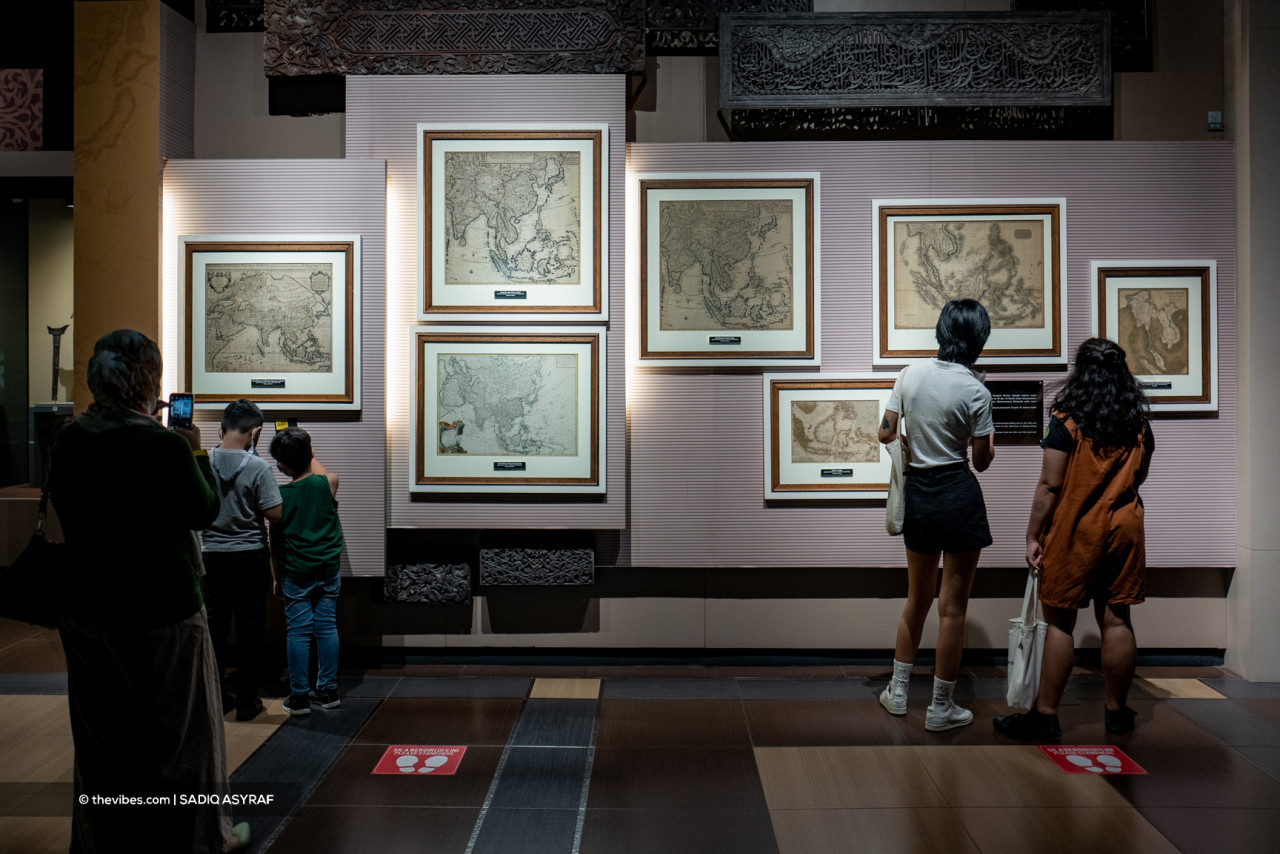
In 2019, the Bumiputera to Chinese median household income ratio was 81% – a narrow gap than the 73% obtained when we mix urban and rural populations. The Bumiputera to Indian income ratios tell a further story. Urban Bumiputera median household income was 102% of urban Indian households (yes, 2% higher). What this means is that half of urban Bumiputera households earned less than RM6,209 while half of urban Indian households earned less than RM6,097.
In sum, household income trends actually show how much the Bumiputera community has benefited from economic growth and extensive preferential policies. These statistics should, in fact, be grounds for enhancing the system by making it more inclusive.
Second, the PM’s speech declares with certainty something that the 12MP merely proposes for further study and consideration. Unsurprisingly, the announcement of an “equity safety net framework” has provoked alarm and concern. This measure, on top of many other equity ownership programmes, supposedly ensures that “disposal of Bumiputera shares or companies (will) only be offered and sold to Bumiputera consortiums, companies or other Bumiputera individuals”. This is a drastic step, and many would add, a problematic and perilous one. Absent details, we are unable to engage much with the subject beyond raising the basic why, what and how, but it is imperative to demand answers.
An equally crucial question is whether the PM has overruled the 12MP and the policymaking machinery, which proposes this equity safety net as a “possibility” that “will be explored”. Has he dictated a decision before due deliberation?
Third, and most simply, the PM’s address to Parliament highlighted something that is not even in the 12MP. The Dana Kemakmuran Bumiputera, appearing foremost on a list of programmes for Bumiputera MSMEs, is nowhere to be found except in his speech. How will Dana Kemakmuran Bumiputera be scrutinised, debated, and monitored when it does not exist in the Plan?
Ismail Sabri had little time to influence the 12MP; he had better make time to answer for his speech. – The Vibes, October 4, 2021
Lee Hwok Aun is a senior fellow at the ISEAS-Yusof Ishak Institute



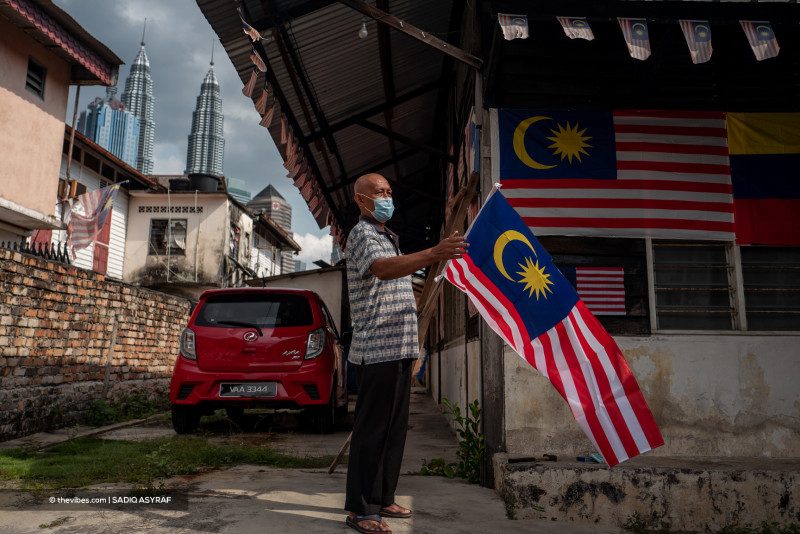
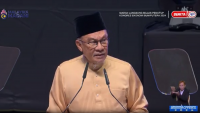

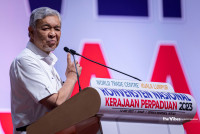
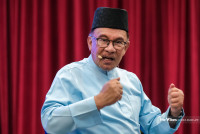



_with_chow_seated_beside_with_the_state_dap_leaders-Facebook_pic.jpg)

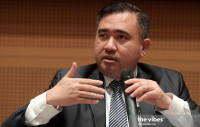




_president_Muhammad_Azlan_Abas-Najjua_Vibes_pic.PNG)
